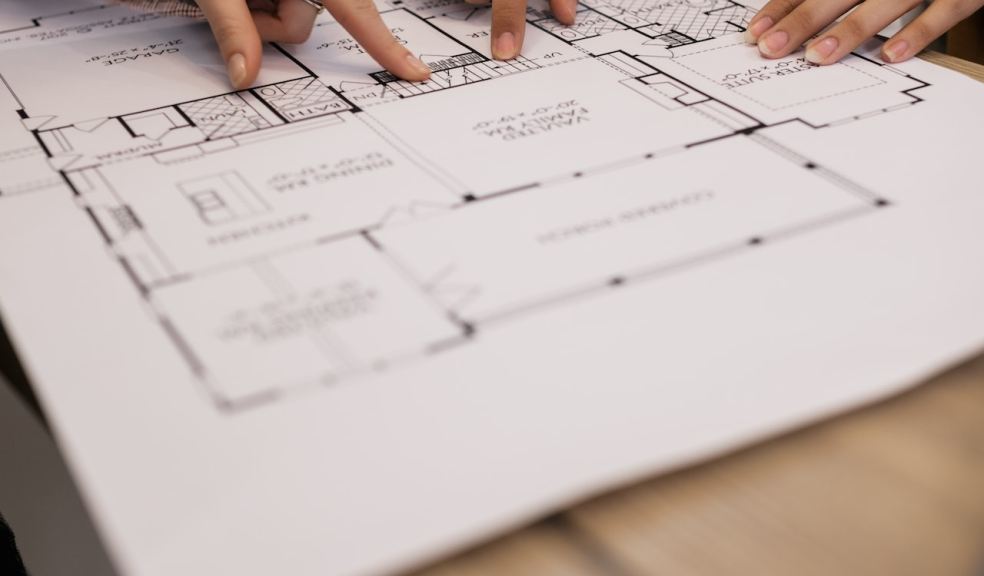
Common reasons why your planning application could be rejected - and what to do about tit
If you have always wanted to build your dream home, and the opportunity has finally materialised, you are probably bursting with excitement and anticipation. However, the uncomfortable fact remains that, before your fantasy can become a reality, you will need to get planning permission for your new abode. And, unfortunately, getting that permission can be easier said than done – even if you’re Jeremy Clarkson.
If you’re wondering what could stand in the way of your building project being granted permission, and if you want to know how to address the issue, read on. Detailed below are some of the most common reasons why applications are – or could be - refused, and what to do about it.
- Your Property Would Overshadow Neighbours
One of the most frequently occurring reasons for planning permission to be refused is that the project in question will overshadow a neighbour’s property. If a proposed build is in danger of either blocking natural light to another home, or invading their privacy by overlooking them, then it’s much more likely that the application will be rejected. These issues may be raised by your neighbours themselves, who can write letters of objection that the planning committee will take into account when deciding whether or not to approve your project.
To avoid this kind of obstacle, it’s vital that you carefully evaluate the surrounding area before you begin drawing up your plans for your new home. Seek the expert advice of your architect and see if they have any suggestions as to how you can avoid blocking light from neighbouring homes, or creating a possible breach of privacy.
- Your Plans Are Invalid Or Contain Errors
If any part of your plans are incorrect – for example, such as the location or site plans - then there is a strong chance that your application will be rejected. When it comes to the location plan, you need to include all of the information as accurately as possible. This includes the full address of your proposed build site, and the precise area that will be involved, which must be clearly outlined in the plans. The location plan also needs to be laid out at the correct scale.
As for the site plan (which is also sometimes called the block plan), this must also be prepared at the right scale and feature the full address. However, on this plan you will need to accurately show any features that could have an impact on your proposed building project – such as other buildings, and natural features such as bodies of water and clumps of trees.
- There Are Protected Species On The Site
You may not realise it but the site you have earmarked as the location of your new dream home could already be inhabited – and this could spell trouble for your planning application. For example, if there is evidence that bats are roosting on the site, you will need to acquire a European protected species license before you can carry out any building work. Depending on the nature of your build and how it could affect the bats, you may even have your planning application refused altogether, as all UK bat species are protected by law.
To determine whether your building project can go ahead, it’s essential that you have a bat survey carried out, which can be done with the help of friendly and knowledgeable ecologists from batsurveys.co.uk. Bat surveys are designed to assess whether or not there are any bats present and, if so, what species they are, where they are roosting, and how many there might be.
The good news is that, even if bats are present, that doesn’t necessarily mean that you won’t be able to build. With the help of your ecologists from batsurveys.co.uk, you can draw up a plan that will mitigate any damage to the bats and enhance their habitat while still giving you the go-ahead to construct your dream property.
- Road Access Problems
One major factor that could affect your likelihood of gaining planning permission is whether or not your building project will negatively impact road access and local traffic.
As such, you and your architect will have to carefully consider road safety and how to create a safe and low-impact entrance to your chosen site. If this cannot be done to the satisfaction of the planning committee, then it’s possible that you will not be granted permission.
- Your Proposed Building Is ‘Out Of Character’
In some cases, planning applications can receive objections from local residents – and perhaps even be rejected by the planning committee – because the proposed build is not ‘in keeping’ with the look and feel of the local area. This could pose problems for your application, particularly if you are hoping to construct a sizeable home that will stand out in the landscape, and which may contrast with the building style of your neighbours.
The obvious way to avoid any objections, and to give your application the best chance of succeeding, is to carefully consider the existing properties during the design phase of your home. For example, if you are hoping to build on a site within a village renowned for its quaint historic cottages, and you are planning to erect a modernist building with exposed concrete walls, then you can probably expect a significant amount of resistance from locals.
In Conclusion
There’s no doubt about it – getting planning permission for your new home can seem like a daunting task, and there are a number of vital considerations you will have to take into account before you even begin to draw up your proposal.
However, the important thing to remember is that, even if your application is rejected initially, this doesn’t mean that it won’t be accepted in future. Yes, you will have to go back to the drawing board and make some essential alterations, but there’s no need to give up on your dream home; with the expertise and advice of your architect, and some carefully considered tweaks to the original design, your new abode could soon be within your grasp.












